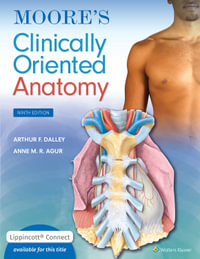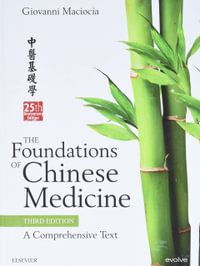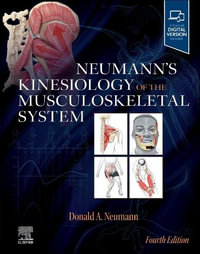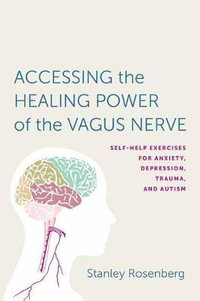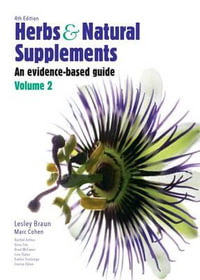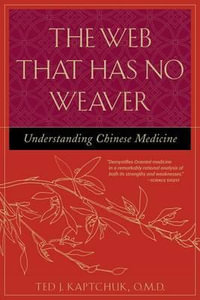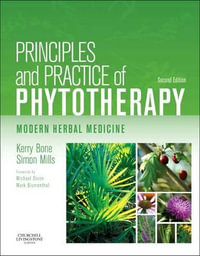| Introduction | p. 1 |
| Background and objectives of HTA | p. 5 |
| Background | p. 6 |
| Objectives | p. 7 |
| Introduction to the speciality of homeopathy - principles and definition | p. 9 |
| Preface | p. 10 |
| The principle of similarity or 'Law of Similars' | p. 10 |
| Homeopathic pharmacology | p. 10 |
| The homeopathic examination and remedy selection | p. 11 |
| Medicines: their manufacture, application and mode of action | p. 11 |
| The concept of disease in homeopathy and conventional medicine | p. 12 |
| Indications and limitations of homeopathy | p. 13 |
| Other therapies known as homeopathy | p. 13 |
| Homeopathy research | p. 14 |
| References | p. 14 |
| Homeopathy: Research and Research Problems (preclinical and clinical) | p. 15 |
| Introduction and Research Problems | p. 16 |
| Preclinical Research | p. 17 |
| Fundamental physico-chemical research | p. 17 |
| Botanical studies | p. 18 |
| Animal studies | p. 18 |
| In vitro studies with human cells | p. 19 |
| Conclusion: fundamental preclinical research | p. 19 |
| Clinical trials | p. 19 |
| Classification | p. 19 |
| An outline of clinical trials | p. 20 |
| Future research | p. 21 |
| Summary clinical studies | p. 22 |
| References | p. 22 |
| General problems with clinical trials in research | p. 27 |
| The Problems with Randomized Clinical Trials | p. 28 |
| The Risk of Bias in Clinical Trials | p. 31 |
| Problems with the Formal Evaluation of Clinical Trials in Meta-analyses | p. 39 |
| References | p. 44 |
| HTA Homeopathy: Methods and Material | p. 47 |
| Project Implementation | p. 48 |
| Methods: Systematic Literature Search | p. 49 |
| Selection of data sources | p. 49 |
| Data sources used | p. 49 |
| Systematic literature search: general search strategy and article selection | p. 54 |
| Systematic literature search for individual HTA aspects: search strategy and article selection | p. 55 |
| Data Extraction and Evaluation | p. 56 |
| Extraction and evaluation of data / procedure | p. 56 |
| Extraction and evaluation of data | p. 57 |
| Evaluation categories | p. 58 |
| Data Synthesis | p. 59 |
| Publications | p. 60 |
| Database research 'Homeopathy' | p. 60 |
| Special search: URTI (Upper Respiratory Tract Infection) | p. 62 |
| Safety | p. 63 |
| Cost-effectiveness | p. 63 |
| References | p. 66 |
| International Utilisation of Complementary Medical Approaches | p. 67 |
| Introduction and Research Questions | p. 68 |
| Methodology | p. 68 |
| Results | p. 69 |
| Outline of studies used | p. 69 |
| Study design | p. 69 |
| CAM definitions | p. 76 |
| Profile of CAM users | p. 79 |
| Frequency of CAM use | p. 79 |
| Estimation of satisfaction with CAM and CAM effectiveness | p. 83 |
| Reasons for using CAM | p. 85 |
| Use of CAM compared with conventional medicine | p. 86 |
| Discussion | p. 86 |
| Conclusion | p. 87 |
| References | p. 88 |
| CAM Conditions and Use in Switzerland | p. 91 |
| Conditions | p. 92 |
| The Use of Complementary Medicine in Switzerland: Prevalence, Effectiveness, Acceptance and the Views of Patients and Physicians | p. 94 |
| Introduction | p. 94 |
| Methodology | p. 94 |
| Results | p. 95 |
| Discussion | p. 97 |
| Conclusion | p. 97 |
| List of study numbers (referred to in the diagrams) | p. 98 |
| References | p. 98 |
| Overview of Systematic Reviews on the Clinical Efficacy of Homeopathy | p. 101 |
| Introduction: Systematic Reviews | p. 102 |
| Literature Search | p. 102 |
| Presentation of the Studies | p. 103 |
| Reviews on general effectiveness | p. 103 |
| Reviews on special indications: | p. 106 |
| Reviews on special interventions | p. 107 |
| Reviews on special indications with special intervention | p. 108 |
| Evaluation of the Studies | p. 109 |
| Research question | p. 109 |
| Selection of studies | p. 111 |
| Selection and evaluation of data/information | p. 113 |
| Data synthesis | p. 114 |
| Discussion and Conclusion | p. 117 |
| List of Excluded Studies with Reasons for Exclusion | p. 118 |
| References | p. 124 |
| Clinical Studies on the Effectiveness of Homeopathy for URTI/A (Upper Respiratory Tract Infections and Allergic Reactions) | p. 127 |
| Selection of Indication | p. 128 |
| Outcome of Literature Search | p. 128 |
| Summary of Studies: Data Extraction, Internal and External Validity, Results | p. 140 |
| Population, study design and implementation | p. 140 |
| Intervention and control therapy | p. 141 |
| Outcome | p. 147 |
| Results | p. 142 |
| Side effects, initial aggravation, adverse effects | p. 143 |
| Discussion | p. 143 |
| References | p. 156 |
| Safety of Homeopathic Use | p. 159 |
| Introduction | p. 160 |
| Responses to Treatment | p. 160 |
| Interaction of Substances | p. 161 |
| Safety of Application | p. 161 |
| Scientific Research | p. 161 |
| Safety: Summary and Conclusion | p. 162 |
| References | p. 162 |
| Cost-effectiveness of Homeopathy | p. 163 |
| Introduction | p. 164 |
| Methods of Health Economics | p. 166 |
| Use of CAM | p. 167 |
| Costs | p. 168 |
| Cost-effectiveness | p. 168 |
| Reimbursement | p. 169 |
| Data and Studies for Homeopathy | p. 169 |
| Data and Projects from Switzerland | p. 171 |
| NFP34 | p. 171 |
| Further data from Switzerland | p. 172 |
| International CAM Studies and Surveys: Patients | p. 173 |
| International CAM Studies and Surveys on: Physicians/Providers | p. 174 |
| Pilot Projects in Germany | p. 174 |
| Discussion | p. 177 |
| Methodology | p. 177 |
| Cost-effectiveness of complementary medical methods . | p. 177 |
| Homeopathy | p. 188 |
| References | p. 189 |
| Full discussion of the HTA results | p. 193 |
| References | p. 203 |
| Synopsis | p. 205 |
| Effectiveness | p. 206 |
| Reviews | p. 206 |
| Studies on the Indication Upper Respiratory Tract Infection/Allergy (URTI/A) | p. 207 |
| Appropriateness | p. 208 |
| Estimation of Demand/Use | p. 208 |
| Safety | p. 208 |
| Economy | p. 208 |
| Appendix | p. 211 |
| Data Extraction Forms | p. 212 |
| Sample questionnaires: systematic reviews and meta-analyses, also for HTA | p. 212 |
| Sample questionnaires: clinical studies | p. 218 |
| Sample questionnaire: demand/cost-effectiveness | p. 224 |
| Abbreviations | p. 227 |
| Conflict of interest | p. 230 |
| Authors | p. 230 |
| Table of Contents provided by Ingram. All Rights Reserved. |






